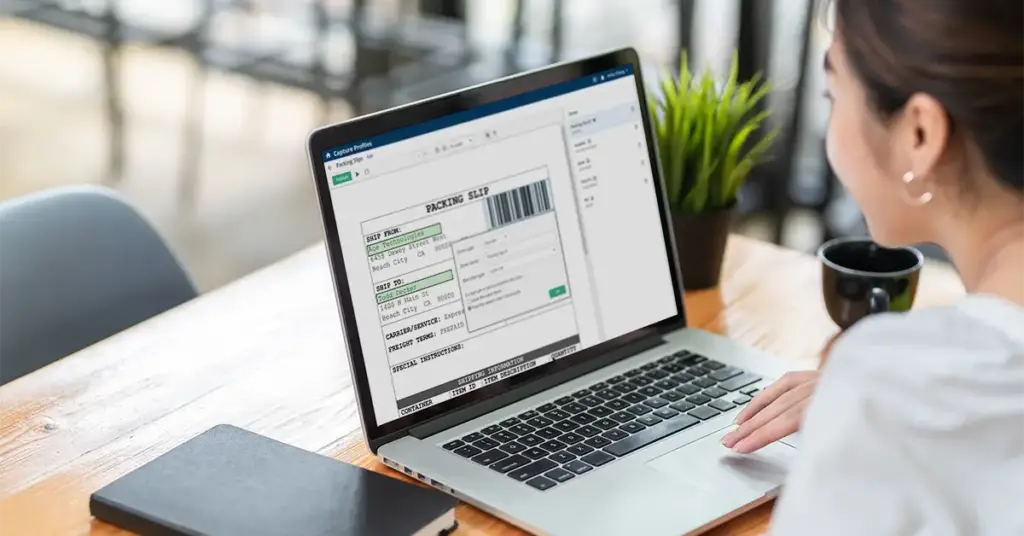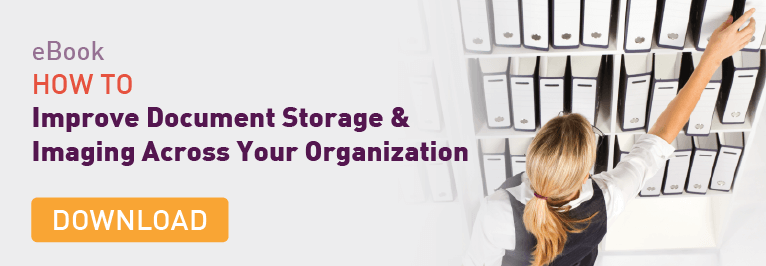Laserfiche Solution Contributed By: JR Walters, IT Director, Samish Indian Nation
Headquartered in the Pacific Northwest, the Samish Indian Nation is governed by a seven member Tribal Council elected to oversee the tribe’s welfare and resources. Members are offered a wide variety of opportunities including housing assistance, elders’ services, healthcare and wellness, and cultural enrichment.
In order to help manage the various programs offered to the tribal members, the nation works with state and federal agencies to implement many grant funded activities. In addition to maintaining the economic welfare of the tribe, these grant deliverables help to protect the environment, and preserve natural and cultural resources.
Before Laserfiche, approving grant applications was a time-consuming, manual process. The tribe’s departments are distributed between five sites and sending paper grant application packets through interoffice mail for internal review and approval was inefficient and costly. Occasionally, grant submission deadlines were barely met because paperwork got lost between sites, sat too long for approval, or was difficult to find and assemble into the grant application packet.
Laserfiche has completely digitized the grant approval process. New grants are submitted through Laserfiche Forms and managers are able to view and approve them from their mobile devices.
With Laserfiche, the time to process a grant has been reduced from one week to just one day.
“I’m absolutely in love with Forms and process automation. I see so much potential in how other departments could utilize it,” says JR Walters, IT Director.
Grant Application Approval Requests Are Submitted Through an Electronic Form
The process starts when an employee applying for a grant, fills out the grant application approval request form in Laserfiche Forms.
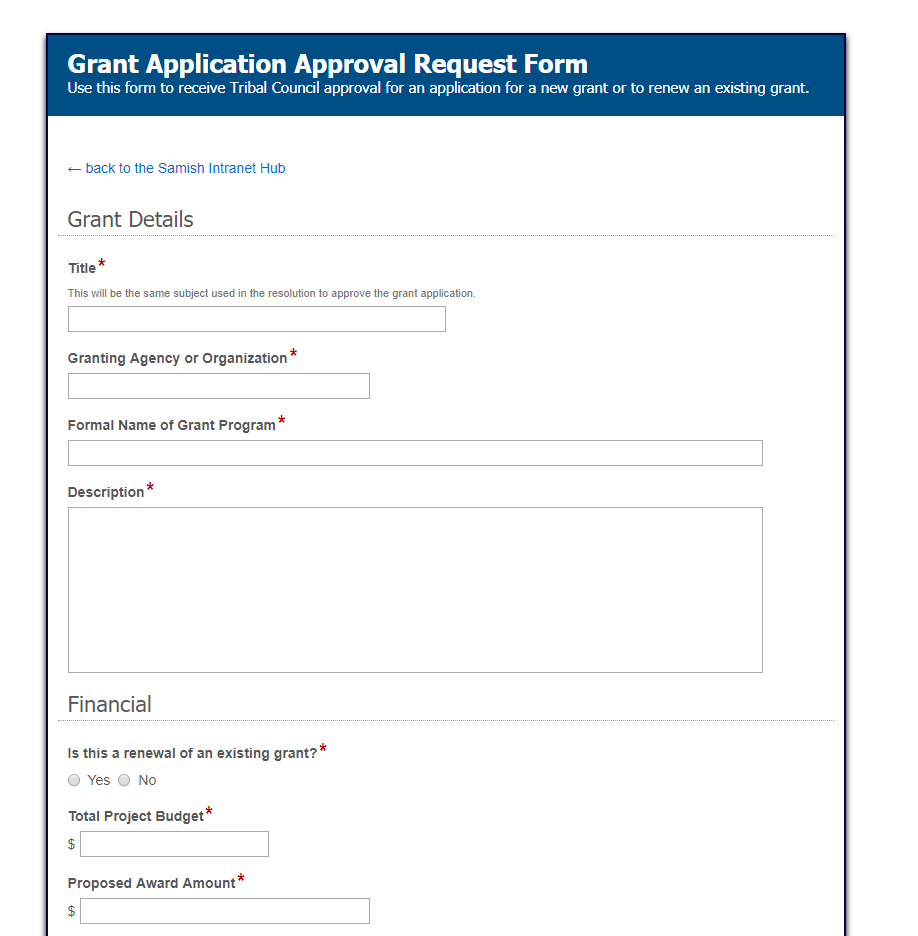
Once submitted, the grant application is routed to the department supervisor for approval. If the department supervisor approves it, the application is routed to the general manager, compliance officer and controller, for simultaneous review. Once approved by everyone, the grant application is put in front of the seven member tribal council for approval. Each of the approvers is notified of grants requiring their approval through email.
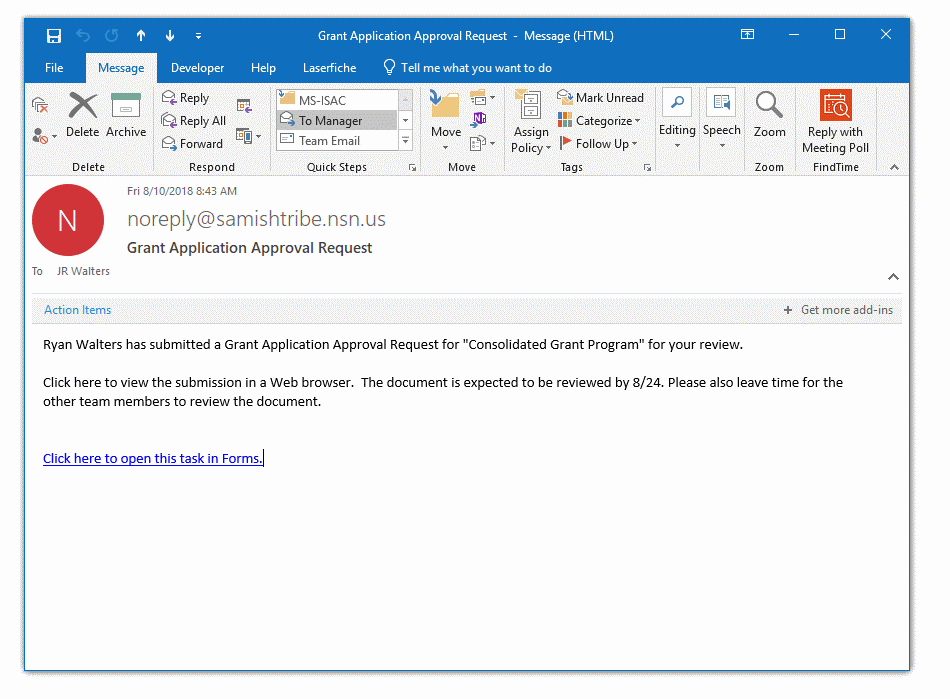
If any of the approvers reject the grant, the process ends and the submitter is notified by email. He or she then has the option of submitting a new application form.
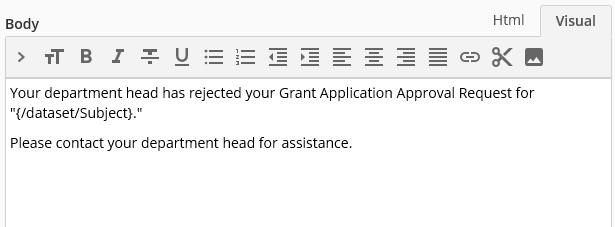
Throughout the process, timers are attached to each approval task. In this way, if the form isn’t approved in a timely matter, the approver receives a follow up email reminder.
Submitted grant application review forms and supplemental information are stored in folders in the Laserfiche repository specific to the grant.
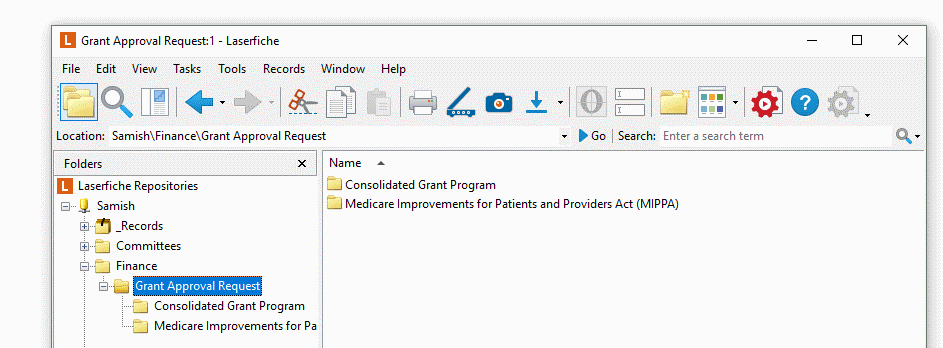
The Process Was Designed with the Help of the Business Process Library
In order to simplify designing of this process, the tribal nation took advantage of the Business Process Library (BPL). The nation downloaded the Legal Document Review Forms template and modified it to suit the specific needs of the grant approval process. Some of these modifications included:
- Adding additional reviewer tasks.
- Increasing the number of email notifications.
- Adding timers and reminder emails.
- Configuring the appropriate folders for saving the forms to the repository.
“Before starting to design a process from scratch, I look to see if it has already been done in the Business Process Library. Since it is already done once, it is easy to duplicate. The BPL is a great resource,” says Walters.
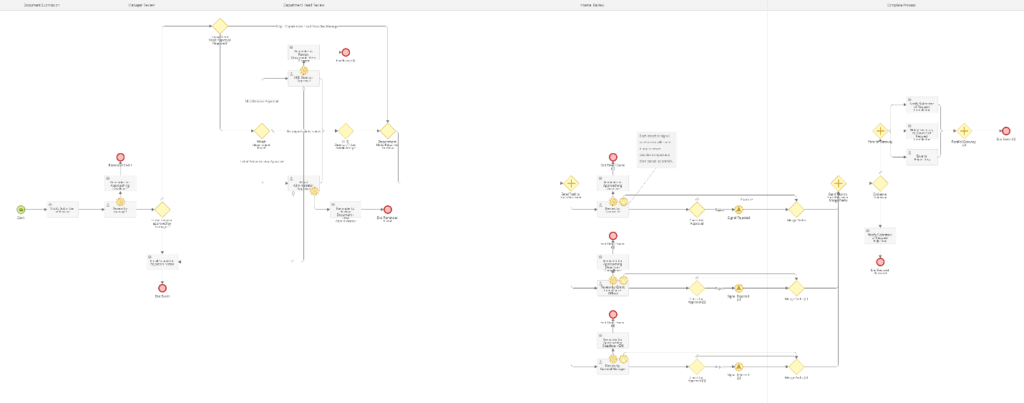
Processing Grant Applications Now Takes One Day Instead of One Week
- Automating the grant application approval process with Laserfiche has resulted in the following benefits for Samish Tribal Nation:
- Grant applications are now processed in one day instead of a week or longer.
- Managers can review from their mobile devices which leads to a faster turnaround time for grant approvals.
- Documents can be tracked quickly throughout their lifecycle and are never lost.
- Staff can process more grants in the same time period.

